
A corner of Trapani.
Sea city
Trapani is the capital of the province of the same name located in the northwestern tip of Sicily. In ancient times, it was known as Drepana, a port city ruled by successive Greek, Carthaginian and Roman empires. Regardless of who it belonged to, Trapani played an important role in the prosperity of the entire island of Sicily. In addition to shipping, fishing, salt production and coral mining, Trapani has in recent years also developed tourism to promote its advantages in terms of landscape, history and location.
The French word “flâneur” refers to a wanderer. Tourists coming to Trapani will surely become a “flâneur” to explore this city. Trapani’s historical layers are preserved in the winding streets, on both sides of the towering row of tube houses decorated with small balconies and archways dividing the neighborhoods.
The main street Corso Vittorio Emanuele is the first route chosen by many tourists to walk. Coming here, visitors will be attracted by the Palazzo Senatorio Town Hall on the eastern corner of the street. The building was designed by architect Andrea Palma (a son of Trapani) and is a typical representative of the Italian Baroque architectural style. The facade of the building is especially prominent with three marble statues and two clocks that have been running since 1672. These are two clocks with complex structures. In addition to showing the time (the clock face in Italy usually has 24 hours instead of 12 hours), the two clocks also show the movement of the sun and the moon through the zodiac signs. In the Middle Ages, there was no calendar, so Trapani people often looked at the clock on the Porta Obscura gate to know the day, time and season. To the left of the Town Hall is the Porta Osura archway built in the 13th century, before the Palazzo Senatorio - the gate considered to be the oldest in the city.
From Corso Vittorio Emanuele, walking down Via Garibaldi, visitors will come across the Trapani Cathedral (or Basilica of Saint Lorenzo the Martyr), built in 1421 and restored several times. The building's Neoclassical architectural style was formed after a major renovation in the 18th century. On the same street is the Basilica of Maria Santissima Annunziata, inaugurated in 1332 and rebuilt in 1760. It houses the statue of Our Lady of Trapani, the work of the master religious sculptor Nino Pisano.
There are many interesting museums in Trapani. The Agostino Pepoli Regional Museum preserves many works of art from the Trapani region in particular and Sicily in general. This was originally a Carmelite monastery, which was renovated into a museum from 1906 to 1908 and preserves a collection of coral sculptures by sculptor Antonello Gagini or works by famous artists: Tiziano Vecelli, Giacomo Balla, Geronimo Gerardi.
The salt industry in Trapani has a history of hundreds of years. Today, the number of salt workers has dwindled, but the salt fields and windmills (which pump seawater into the fields) have become tourist attractions and places to take photos. In the village of Nubia (a 20-minute drive from Trapani), there is also a Salt Museum. Nubians worked salt until 1964, when a flood wiped out their labor. The Salt Museum allows the old salt workers to introduce the entire process of salt production and processing to visitors.
On the headland near the village of Nubia is a limestone tower called Torre di Ligny. It was built in 1671 to guard against the notorious Barbary pirates. It later became a lighthouse, and today houses the Preistoria e del Mare Museum. The museum is divided into two sections: one displaying prehistoric artifacts unearthed in Trapani and the other displaying ancient Greek and Roman artifacts found under the sea. After wandering around the museum, climb to the top of the tower to admire the sparkling view of the Gulf of Trapani in the evening light.
Enjoy the fun
Mura di Tramontana beach is located at the foot of the walls that protect Trapani. This is where locals and tourists flock every afternoon to cool off, eat snacks and watch the waves crash against the rocks along the shore. If you want to visit a spacious and less crowded beach, please go to San Giuliano beach a few kilometers from the city. The quality of the sand here is excellent. In addition to sunbathing and playing sports , visitors also have the opportunity to dive to explore the colorful coral reefs.
The Mercato del Pesce fish market in the centre of Trapani is where you can find fresh fish, caught straight from the sea, but if you want to buy some as a gift for your loved ones, you can buy salted fish. The Trapani people eat their fish with salted capers, so you should also buy a few bags of these for yourself or as gifts. Trapani is famous for its two local wines, Grillo and Inzolia, made from the local Nero d'Avola grape. These two wines have made their mark among international wine connoisseurs.
The best time to visit Trapani is during Holy Week (the week before Easter). The city is famous for its Holy Week procession, which is one of the longest and most lavishly decorated in Italy. Leading the procession are statues of Christ and saints carved in the 17th and 18th centuries. They are followed by 20 floats depicting biblical scenes, followed by a sea of people. Such a procession can last 24 hours, circling the city, and is greeted by enthusiastic crowds of locals and tourists.
Source




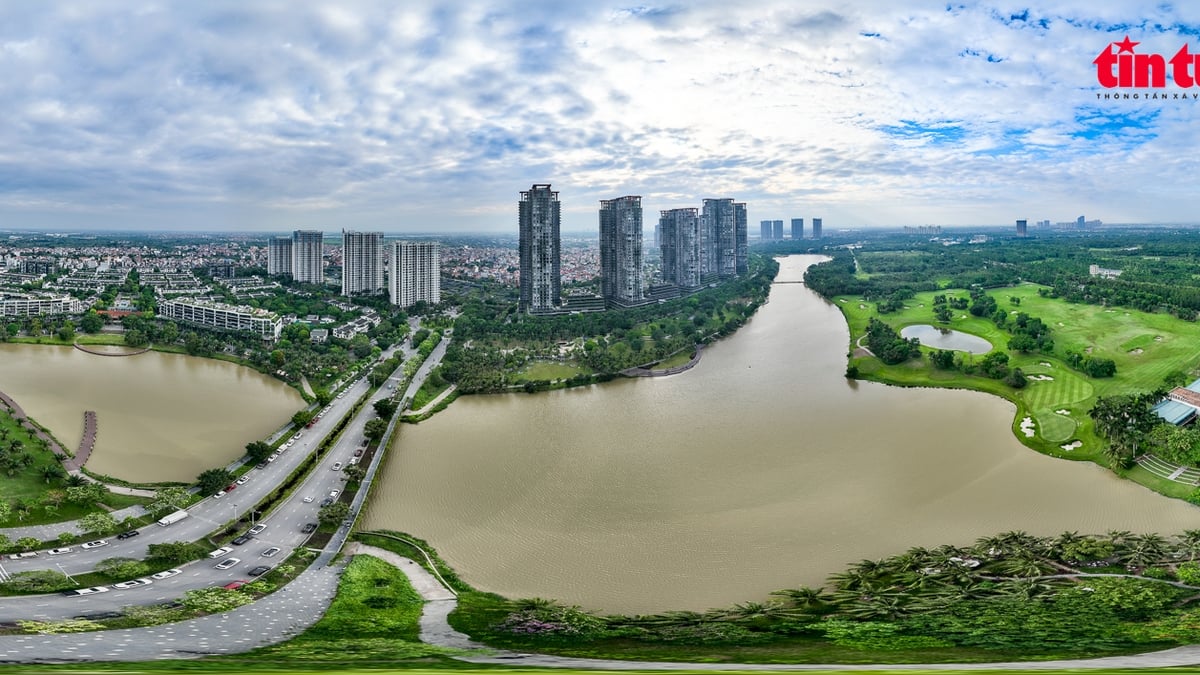







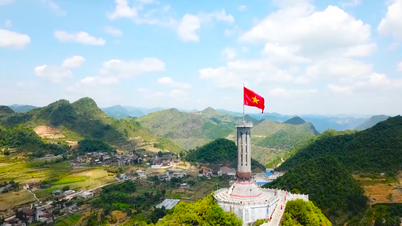
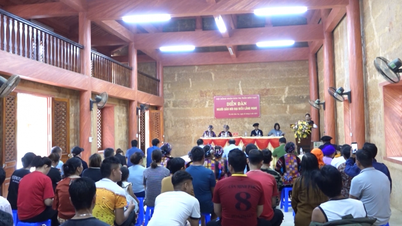












































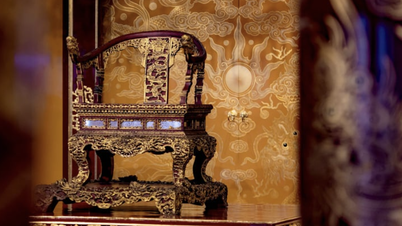




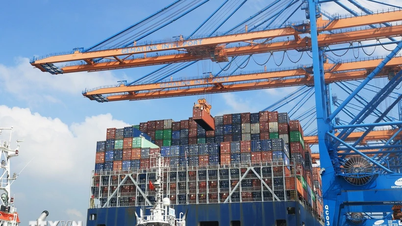











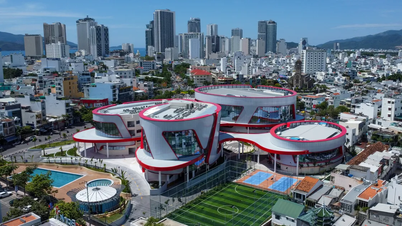


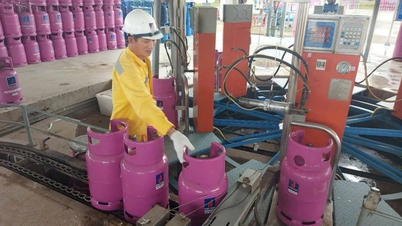



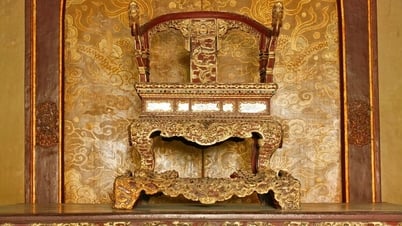















Comment (0)